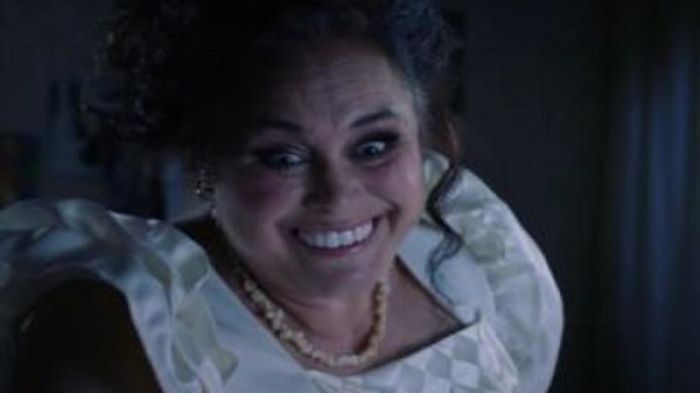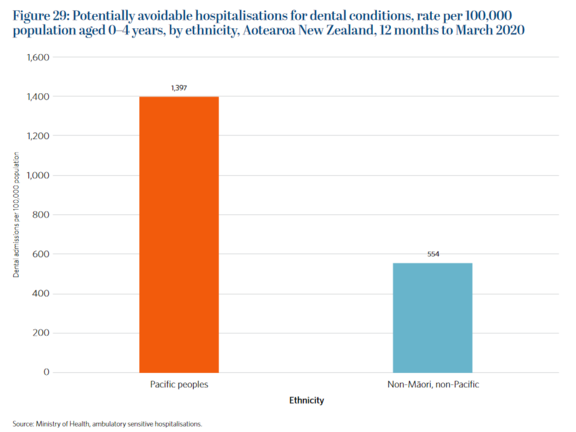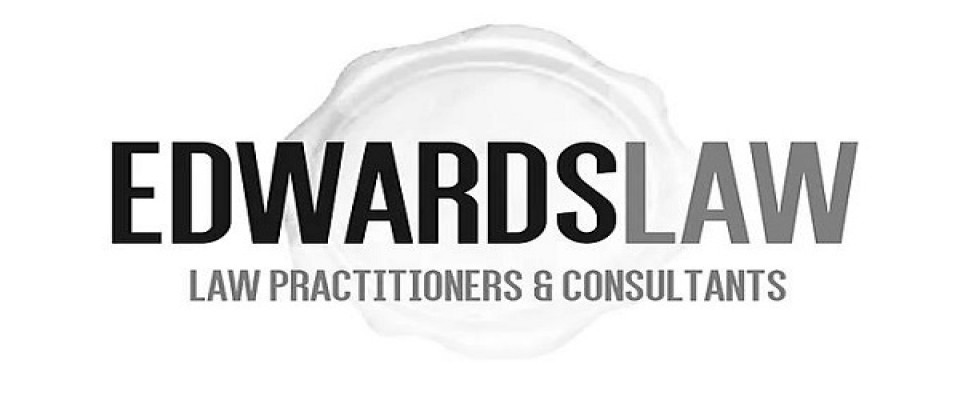Pacific children in NZ worst for dental health Featured
 Image from Tooth Fairy TV ad targeting Pacific children's dental health. Photo: NZ Health Promotion Agency
Image from Tooth Fairy TV ad targeting Pacific children's dental health. Photo: NZ Health Promotion Agency
23 July, 2021. Pasifika children are nearly twice as likely to have tooth decay at age five.
The Bula Sautu: Pacific health in the year of Covid-19 report, shows Pacific children have higher rates of dental decay and hospitalisations for dental issues than any other group.
It found oral health in Pasifika kids is in dire state and that they are less likely to have visited a dental health care worker in the past 12 months.
Pasifika dentist, Dr Tule Fanakava Misa said it's "alarming and heart breaking," highlighting "how bad inequality and inequity has become."
It also showed Pacific children aged 1-14 are nearly twice as likely to have had teeth removed due to an abscess, infection, gum disease or decay.
The New Zealand Dental Association President, Dr Katie Ayers, said their national oral health service needed changing to address this major concern.
We need to better to serve Pacific communities across Aotearoa, particularly because "poor oral health as a child is linked to poor adult health as an adult," she said.
"It's a multi-factor problem, but sugar consumption would probably be a big factor and where preventative dental services aren't accessible enough for some families."
Oral health is a basic right, but not a right all people can afford, she said.
Although, oral health care is free for children in Aotearoa, until their 18th birthday, there are barriers that make it difficult to seek care, she said.
"Tooth decay is preventable but some families can't afford fluroride toothpaste, they buy fizzy drinks because it is cheap... some parents are working in companies where it's hard to ask for time off work to be able to bring children," to dentists if they miss out on school oral health vists, she said.

Table from Bula Sautu report Photo: MoH
"When the children are suffering, the whole family is suffering as well: sleepless nights, not eating well. It's sad when you see children walking in with this swollen face, because you know it's preventable, it's treatable."
Preventative measures included reducing sugar, extension of community water fluoridation delivery, better education to encourage brushing twice a day with a fluoride toothpaste and flossing.
Standard treatments include routine examinations and x-rays to check for issues, preventive treatments, cleaning and, where necessary, fillings and extractions.
The report stated in-depth evaluation and research was needed to identify models of care that work best for Pacific children and families.
It also found Pacific children experience higher rates of asthma and skin and ear infections, often associated with poverty and overcrowding.
- RNZI



